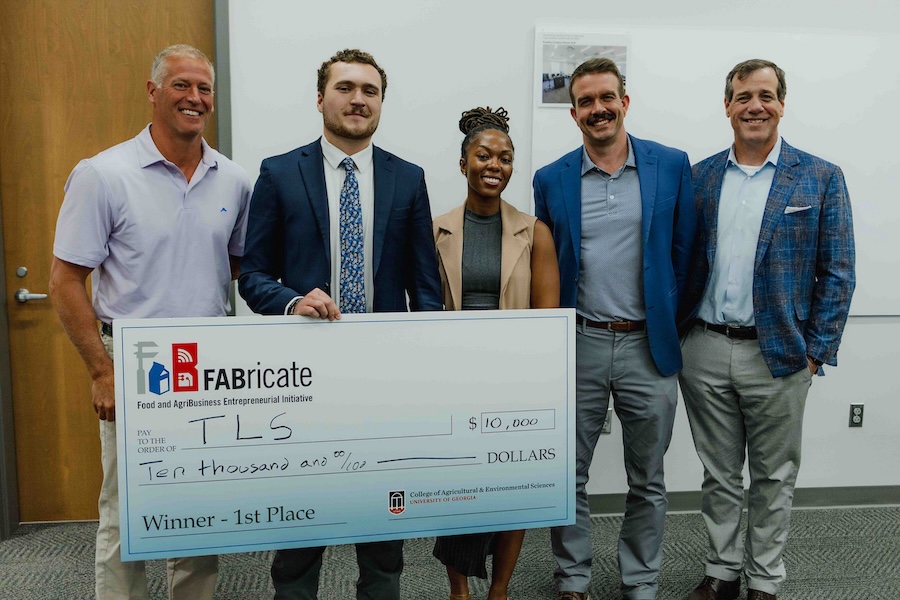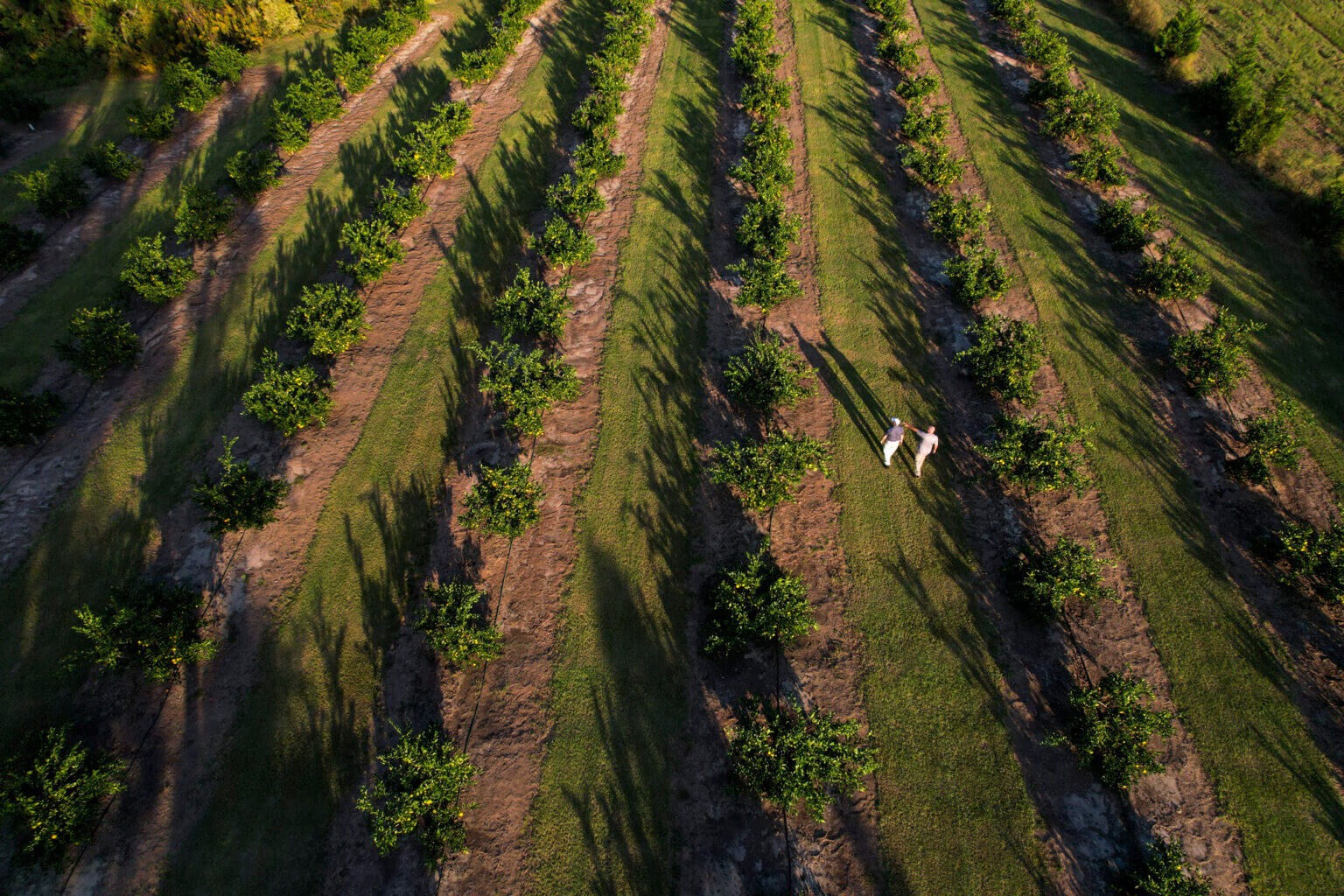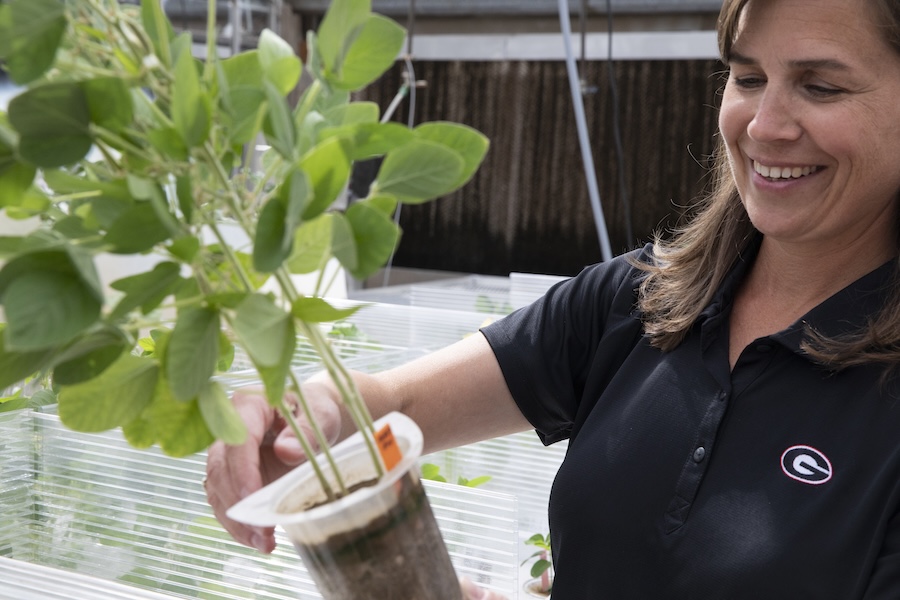By Brooke Hatfield
University of
Georgia
"Thrips in onions have traditionally been looked at as a lesser problem over the years," said David Riley, an associate professor of entomology with the University of Georgia.
"But recent data suggests that thrips can be involved with increasing disease problems, which are the major problems in Vidalia onions," Riley said. "(Thrips) can cause reduced bulb size, and they can also cause reduced yields."
Pests carry pathogens
These aren't the only problems the insects can cause. The main hazard thrips pose is as carriers of harmful pathogens such as bacteria and fungi.Bacteria that thrips spread can cause center rot, and fungi they carry can cause purple blotch.
The thrips ingest bacteria and defecate on the plants they inhabit, potentially infecting the leaf tissue.
Thrips can cause problems directly to plants, too, by feeding on and scarring leaf tissue. The leaf scars can become entrances for disease.
"Even at low numbers of thrips, they may be increasing the incidence of disease," Riley said.
'Not every year a thrips year'
Farmers haven't always needed to be on the alert."The interesting thing about thrips and onions is that not every year is a thrips year," Riley said.
Cool, wet winters result in small thrips populations, and not much insecticide is needed to stave off the insects. Warmer, drier winters, though, have translated into more thrips in onions, because the insects leave their fall host plants earlier.
"If the temps are higher, they'll reproduce, and you'll start getting development of thrips even as early as the end of December or January," Riley said.
Don't overtreat
This can pose a threat to Vidalia onions going into the spring. But the solution for farmers, Riley said, isn't to bombard thrips with insecticides."If you take the attitude that 'the only good thrips is a dead thrips,' then what you're going to wind up doing is spraying when you don't need to, and then you're going to start causing these problems of insecticide resistance," he said. "I would say it's almost better not to treat than to overtreat."
Riley tells farmers to use an economic threshold when treating for thrips. "(Treat at) one thrips per plant initially," he said. "And then you wait until thrips reach a level of five thrips per plant."
This not only reduces the chance of pesticide resistance, but also helps the environment and can reduce the amount of money spent on pesticides.





.jpg)
